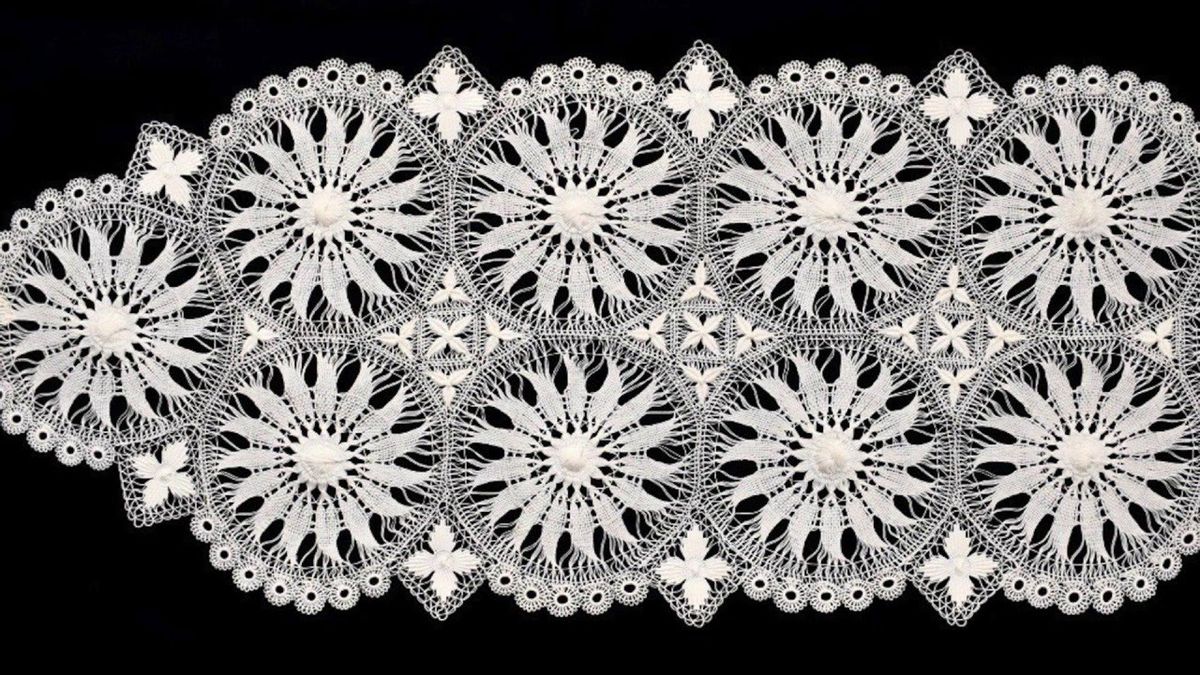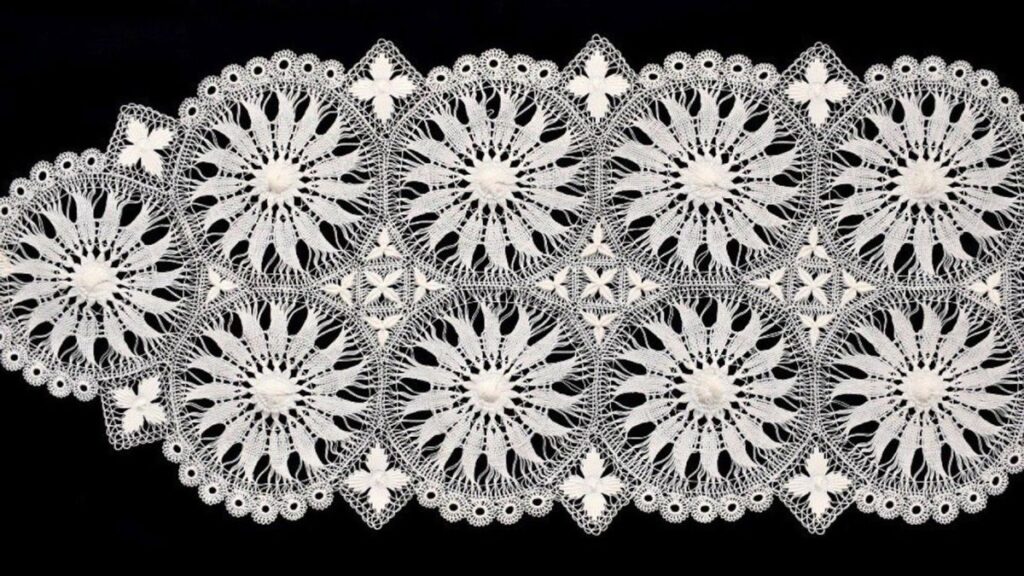New Cultural Heritage for the Canary Islands
The Council for the Cultural Heritage of the Canary Islands, the highest advisory body in this field, has given its approval for three new proposals to be declared Assets of Cultural Interest (BIC). Based on technical reports, the council’s favorable decision paves the way for their final approval by decree from the Governing Council. These new designations celebrate and protect a diverse range of the archipelago’s unique heritage, from intricate crafts to historic architecture and traditional games.
La Roseta: A Legacy in Lace
One of the newly approved declarations recognizes the technique of La Roseta as an Intangible Asset of Cultural Interest. This status honors the immense cultural, artisanal, social, and economic importance of this practice, which has been preserved on the islands of Tenerife and Lanzarote. La Roseta is a textile craft, a type of lace that has always been a family tradition, passed down from one generation to the next. This allowed the craft to be practiced without leaving the family home.
Despite being on separate islands, the tradition in Lanzarote and Tenerife shares common elements, including the way raw materials are distributed, the selection of patterns, and the collection of the finished product. This craft represents a beautiful and enduring link to the islands’ past.
Casa Torres: An 18th Century Gem
Another site receiving protection is Casa Torres, which has been approved as a BIC with the category of Monument. Constructed in the 18th century, this building is a classic example of an urban manor house located in the historic town of Teguise on Lanzarote. Situated behind the Palacio Spínola with its main facade on Víctor Feo street, it once belonged to the priest Bartolomé Torres.
Built at an imprecise date along one of the main streets in Teguise’s urban center, an area designated as a Historic Site, Casa Torres is considered one of the most unique buildings in one of the best-preserved historic quarters in the Canary Islands. Publications have highlighted its value, noting its distinctiveness both within the island context and locally.
The Traditional Garrote Game
The third declaration protects the Traditional Garrote Game from the island of Gran Canaria as an Intangible Asset of Cultural Interest in the category of Native Games and Sports. This game is one of the three variants of “Juego del Palo” (Stick Game), specifically the version using a large stick. While all three variants were likely present across the islands at some point in Canarian history, today on Gran Canaria, the garrote game only survives in a few locations, particularly in the island’s southeast region: Valsequillo, Telde, and Santa Lucía de Tirajana.
According to a note from the Government of the Canary Islands, the game can be defined as a form of stick fencing between two players. The encounter is not about causing harm but about executing a wide repertoire of attack and defense techniques. Each player uses the “mañas” (skills or tricks) they perform best to score a hit or disarm their opponent, making it a dynamic and skillful display of traditional combat art.


